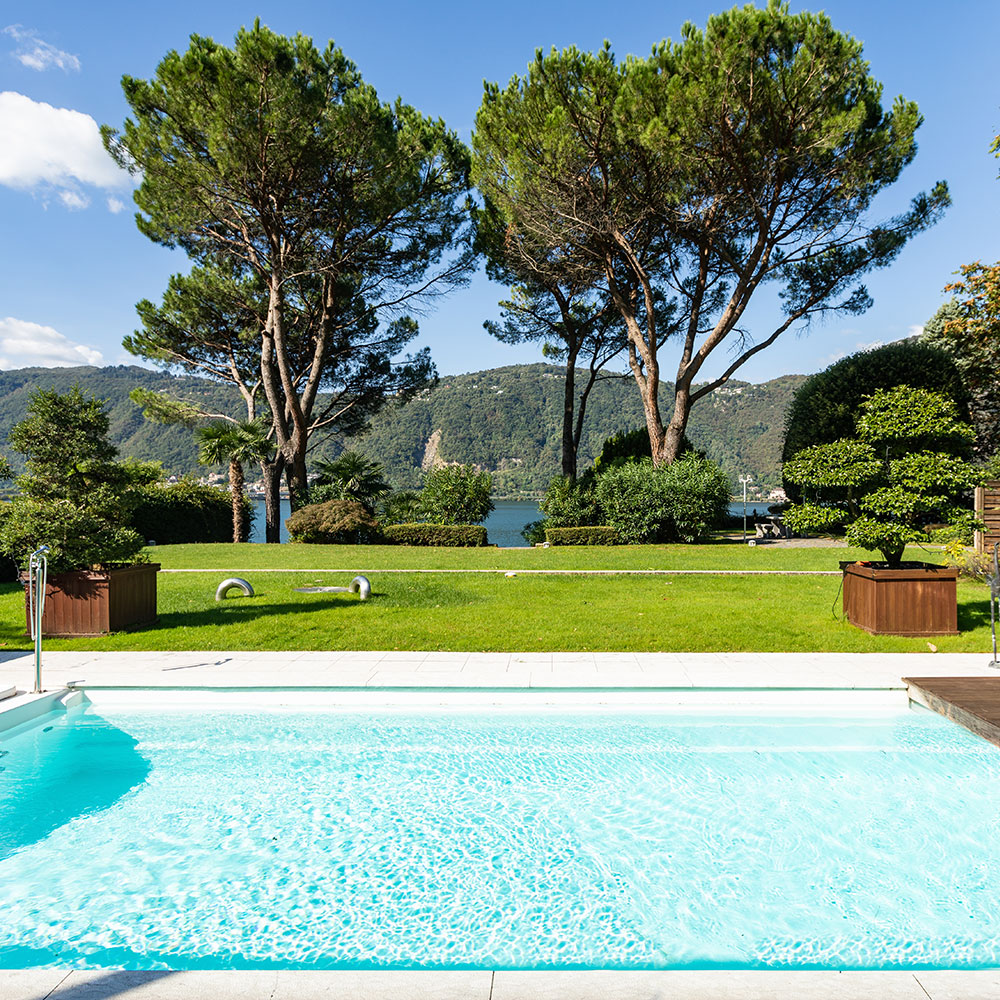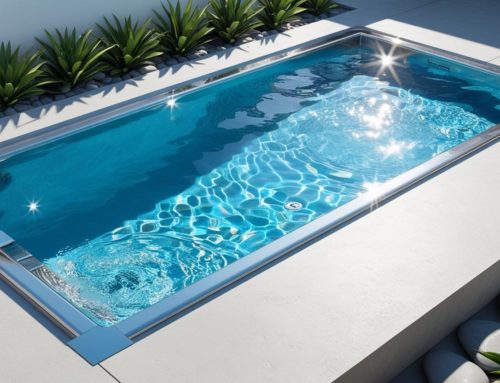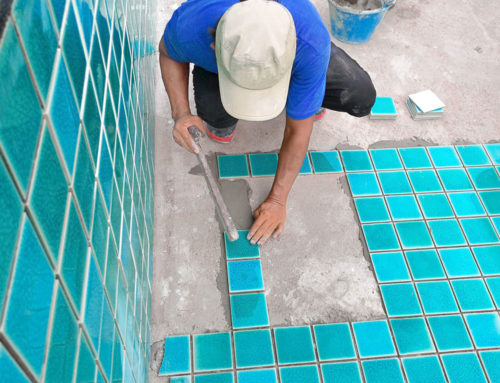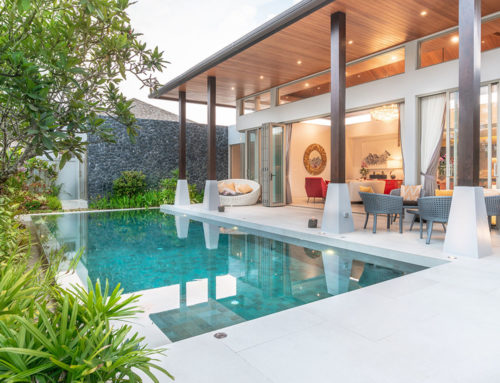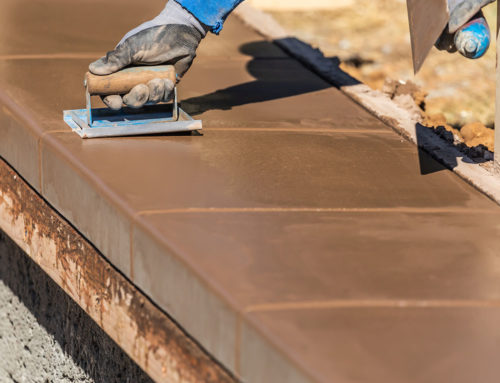It's been a long winter and you can't wait to start swimming again. It's hard to resist jumping into your pool. Of course, this means that everything must be in place for the fun to begin. It's important to remember a few things.
Want to know how to properly start your pool? The first thing you need to make sure is that you have all the materials you need to get started.
How to start your pool in spring?
If you have a pool, it is important to get it started in the spring. This process can be done by yourself or with the help of a professional. The steps are fairly simple, but they do require some preparation. If you decide to do it yourself, be sure to follow these steps carefully and exactly as directed.
Hose down the pool cover to remove dirt
First, clean your pool cover. Dirt and other debris have been building up on the top of your cover all winter, and if you don't remove it now, there's a good chance it will get into the water when you first open your pool this year.
To clean your pool cover, simply attach your hose to the skimmer port and run water over the entire surface of the cover until all debris is gone. Then, turn off the pump and remove the excess water from the edges before placing a new liner over the cleaned area.
Also clean the sides of your pool with a brush, or use the vacuum attachment on your hose to clean the sides of your pool, then uncover the pool properly.
Raise the water level with a garden hose (fill slowly).
To add water, first measure the amount of water you need based on the size of your pool. Then use a hose or bucket to fill the pool until it reaches its normal level - which may not be exactly last fall's level if you used a cover during the winter months. Be careful not to fill too quickly! You could overflow and cause damage if you do.
Add a dose of chlorine starter and let the water circulate.
To keep your pool clean and safe for swimming, it's important to keep the chlorine levels high. To begin the process, you will need to add a dose of chlorine starter and let the water circulate.
We recommend testing the chlorine level and then adding 1/4 cup of chlorine for every 10,000 gallons of water in your pool. For example, if your pool has a capacity of 20,000 gallons, that means you need to add a half cup of chlorine starter solution.
You can measure the amount of chlorine with a measuring cup or by using one of our chlorine sticks. If you don't have chlorine sticks on hand, simply use a measuring cup - it will be just as effective!
After adding the chlorine starter, turn on your pump and let it run for a while. This allows time for the chlorine to circulate through the pool and sanitize it properly.
Test and clean your filter if necessary.
If you have a pool, it is important to test and clean your filter regularly. You should also keep track of your pool's water levels. If you don't know how to clean your filter, we recommend that you call a professional.
If you don't, it can lead to increased algae growth and other problems. Here are some steps you can take to clean your filter:
- Remove the pump basket cover and remove any debris inside with a net or small vacuum cleaner.
- Check that all parts are still in place (if they are, make sure they are facing the right direction) and that no parts are missing or that there are no cracks in the plastic.
- If there is debris on the top or behind where the wheel meets the plastic housing, use a screwdriver or other tool to gently remove it so as not to damage other components.
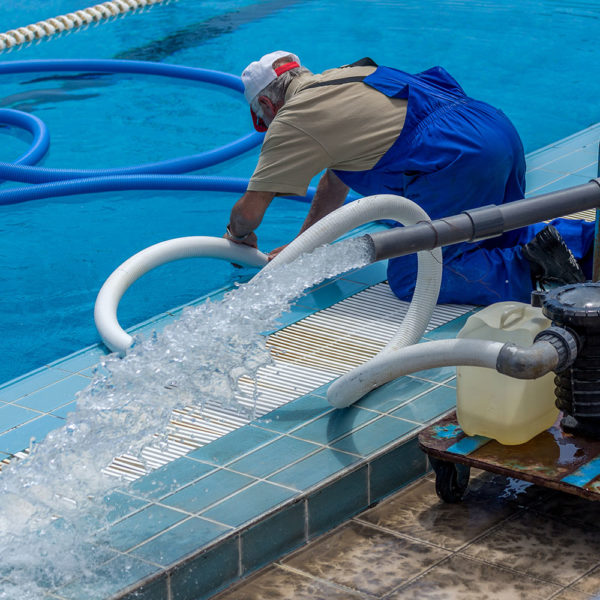
Balance your water chemistry.
It is important to maintain the proper balance of chemicals in your pool. Otherwise, you risk discolored water, stains on the pool surface and even tile damage.
Alkalinity and pH are the two most important factors to consider when balancing your pool water chemistry. Alkalinity measures the amount of acid needed to lower the pool's pH to 7.2 (the ideal range). The pH measures how acidic or alkaline the water is, with lower numbers being more acidic and higher numbers being more alkaline.
There are two ways to balance your pool's water chemistry: using an automatic system or adding chemicals manually. Both have their advantages and disadvantages, and you'll need to choose the one that works best for you and your pool.
Call a professional if you need help.
Professional pool maintenance companies have the expertise and equipment to get your pool back on track in no time.
Then, start preparing for the summer by taking care of any repairs that need to be done now so they don't become a problem later in the season when you want to enjoy them.
Our advice: Taking the time to open in the spring will allow you to enjoy your pool sooner.
Piscinist in Geneva, expert professionals at your disposal
When you need pool service in Geneva, we are the ones to call.
Artec Piscine has an experienced team of experts ready to serve your needs. We fix anything that goes wrong with your pool, whether it's a leaking pipe or a broken filter.
We can also install new equipment if you are just starting out with a new pool or need to upgrade.
Whether it's a small repair or a complete renovation, our team will get the job done right and on time.
Discover also our Facebook page : Artec Piscines

